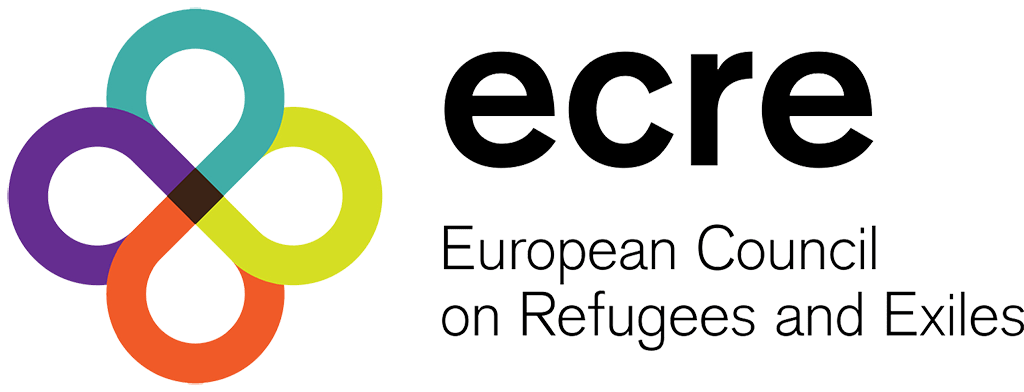By Colin Yeo, Specialist immigration barrister at Renaissance Chambers and editor of the Free Movement blog.
Is Edward Snowden an international fugitive from justice? Or is he a refugee? Can he perhaps be both? His plight highlights several difficult issues in refugee law and procedure faced by other less prominent seekers of sanctuary.
Snowden is certainly outside his country of origin, one of the components of the definition of a refugee in the Refugee Convention. His passport has even been revoked by his country of nationality. That does not make him stateless, though, as he himself suggested in a Wikileaks statement. Many refugees travel to seek safety abroad without their own passports, sometimes because they have never possessed one, sometimes because they have had to leave in a hurry, sometimes because they had to travel on a false passport in order to get into a safe country in order to claim asylum. A passport is evidence of nationality but it does not confer nationality. Snowden does not have any problems proving his country of origin because of his prominence, but other less well known refugees might well have difficulty convincing an asylum state that they genuinely do come from their claimed country of origin. This can be a major problem for Afghans and Somalis, for example, who are sometimes subjected to language testing. Hair and nail sample testing for geographically specific trace mineral elements was even mooted by the UK government at one point.
Snowden’s most immediate problem, if media reports and the word of the Russian President and Wikileaks organisation are to be believed, is that he is also outside a safe country of refuge and he has no obvious means of reaching safety. The Refugee Convention obliges signatory states to consider applications for asylum made within their territory. It does not oblige a state to consider an application made from abroad. Although some states including Australia and the UK do allow entry to a small quota of refugees pre-selected by UNHCR (known generally as resettlement and called the Gateway programme in the UK) no country of which I am aware has any sort of ‘asylum visa’ or similar that would allow a refugee to make a lawful entry from abroad. Most refugees therefore have to make an unlawful entry in order to claim asylum.
Apparently in desperation, Snowden has made a wide range of asylum requests to various countries. These have not generally been rejected as such but the countries concerned have responded to say he needs to physically reach their territory before they will assess his asylum application. Snowden is fortunate that, because of his high profile and for reasons of international politics, several South American counties have offered asylum if he can reach them. These advance offers of asylum are rare indeed.
But how will he get there? The re-routing of the Bolivian president’s aeroplane on suspicion that Snowden was on board indicates the level of challenge he faces in reaching safety. He may well need to resort to subterfuge or concealment to reach safety, a dangerous rite of passage for almost any refugee seeking asylum away from his or her immediate neighbouring states. Human smugglers are often used in order to reach a safe country where a refugee hopes that he or she can build a new life.
Snowden certainly faces difficult days ahead and he will forever be exiled from his home country. It is worth recalling that his plight is far from unique.
This article originally appeared in the ECRE Weekly Bulletin of 12 July 2013
You can subscribe to the Weekly Bulletin here.
